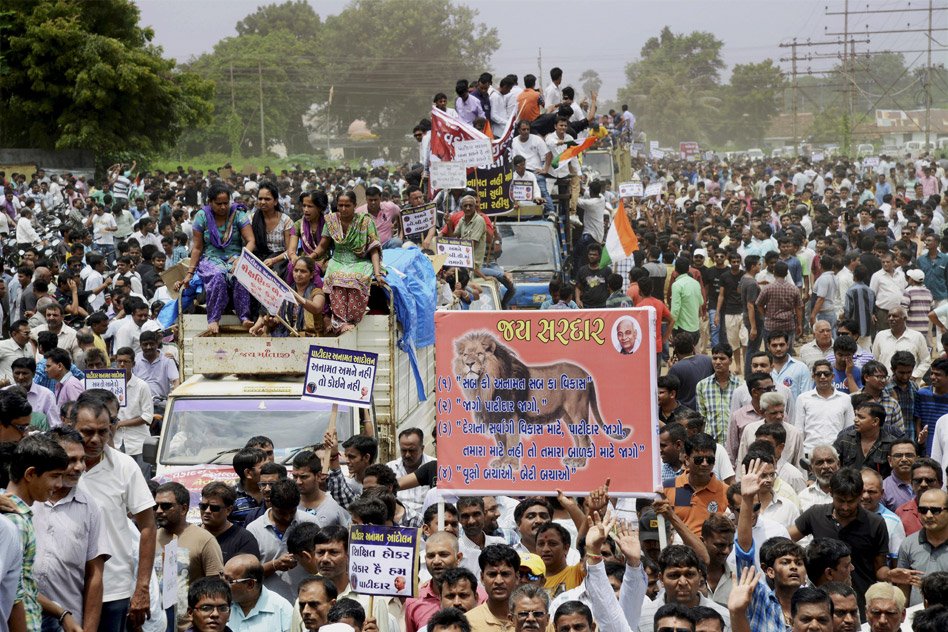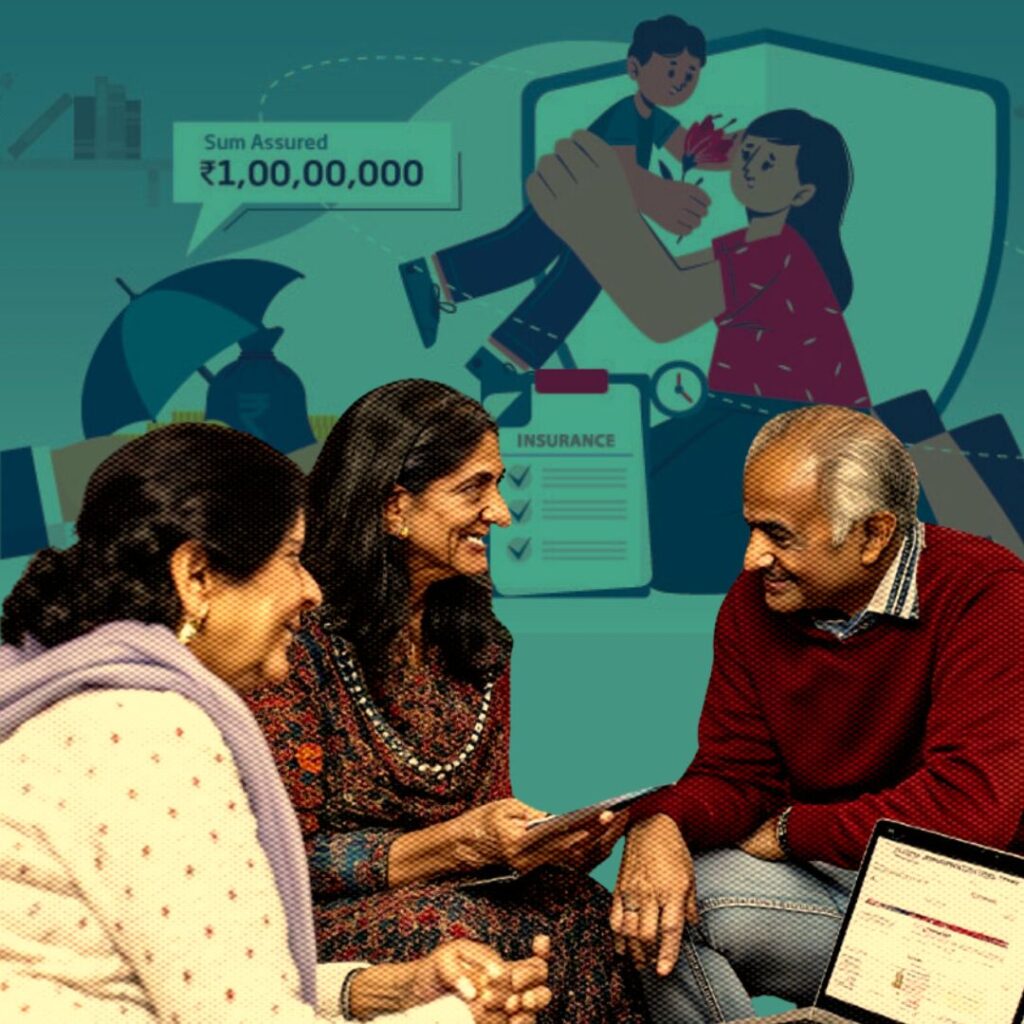Image Source: thewire
Discrimination of a person or a community whether it is due to his/her race, colour or nationality not only hampers the mobility of the particular community but also leads to the degeneration of a nation. There is unrest in the public, lack of morale and even hate can fester against the discriminatory authority – half of the community will remain underrepresented while the other half will rake in all benefits to become absolute and unaccountable. To address the inhuman subjugation of the minorities (blacks who were sold as slaves, low castes who are forced into bonded labour etc), a strategy had to be formulated for the inclusion of the marginalised sections of the community into the mainstream. Hence the conception of Affirmative action which was founded to check racial discrimination of impoverished classes especially during job applications- so that the employees are not discriminated against due to their race, colour or nationality. Signed by John F. Kennedy on 1961, the import of this measure was to arrest the malicious practices of racism that had segregated the society into disparate oppositions. The emphasis was to erase the polarising notion of race with a constitutional authority and legitimacy.
We can be in a position to debate the importance of Affirmative Action especially in the context of India once we are familiar with the original tenets of this measure. Its foundational goals can be recognized as:
- To allow equal opportunities for the classes who have been excluded and underplayed in academics – school admission, scholarships; and careers – promotions salary hikes, etc.
- Originally against racial discrimination, it was extended to include discrimination based on sex, disability etc.
- It was to be enforced for a fixed period of time till the marginalized are able to regain their rights in the society.
In underscoring these points about Affirmative action, it seems to be a democratic measure to end discrimination. However, despite its best intentions, it has been severely denounced due to its flaws and loopholes. What have been the fallouts of Affirmative action that even the mention of it raises criticism from all corners? With reference to India, the reception and application of this measure can be gauged by analysing the following points:
Reverse Discrimination
In the scheme of Affirmative action, the Majority feel excluded and discriminated against as the allocation of jobs and positions in academics is based on a quota system or reservations. In India, the government continues to cement reservations, and increases the quotas to gain vote bank, and the majority feel acutely sidelined. The system of reservation was meant to last for a decade or so, but it has become so established in the contemporary times, that the majority are naturally in derision of it. The burning issue of Patidar Reservation Agitation in India is a befitting example of reverse discrimination in India. Patels as a prosperous caste in India are seeking to be recognized as ‘backward classes’. In doing so, they demand reservations in jobs and educational institutions the
same way the disadvantaged OBCs are entitled to. With considerable quotas put aside for the marginalised, the majority has to bear the brunt of tightened and hence highly competitive vacancies and posts resulting in many meritorious candidates losing at academic and career opportunities. If Patels who belong to a commercial community fear the loss of their jobs or unavailability of jobs altogether, it speaks volumes on Reverse discrimination in India. What is Reverse discrimination-simply put, when the majority feels discriminated against as opposed to the minority that is what reverse discrimination is.
How to resolve such a farcical matter that is making a mockery of our democratic country- Either the Patels are empowered with reservation or the system of reservation which was meant to be temporary is removed altogether. Whether the demand of the Patels is a righteous one or not, the point to be noted is that if earlier the minority were discriminated against, the majority in recent times have been subjected to discrimination. This flaw of Affirmative Action needs to be rectified so that the democratic government of India in trying to eliminate discrimination does not fan the flames of reverse discrimination.
Brain Drain
This is the most obvious aftermath of identity-based politics in India. Due to reservations, and quota based systems, the public feels challenged, undermined and even rejected as selections in jobs and education are made on the criterion of Caste than Merit. Hence, the intelligentsia is forced to work abroad and the phenomenon of Brain Drain keeps draining India of its think tanks, learned scholars and intellectuals.
Against Constitution
If the constitution strives for an egalitarian society with equal rights for everyone irrespective of caste, colour and creed, then the case of preferential treatment as evidenced in the policies of Affirmative Action may/will strike as a double standard. Due to this reason, in many countries Affirmative Action on the basis of race is deemed illegal but in India such is not the case.
Creamy layer
It has been witnessed that there are economic divisions even in the impoverished classes such as OBCs. Mostly the well-off sections of the same community tend to seize the reservations while the poor remain poor and unable to access the welfare schemes meant to rehabilitate them. In order to apprehend such a practice, the concept of creamy layer was introduced in India according to which the upper and middle sections of OBCs are not eligible for reservations allowing the poor OBCs access to government’s welfare programs. In this set up, the sections belonging to low castes that have progressed in educational and job circles will not be entertained as marginalised and can compete with the majority without the helping hand of the reservations. Concurrently, the poor castes can benefit
from the quota system, and advance themselves to the level of not needing reservations in the long run.
The Logical Scenario for Affirmative Action
It is both debatable and sensitive to figure out an idealistic or practical charting and implementation of Affirmative Action. However it can be achieved by addressing what the public has to say about it; in discussing the various objections to it, revisions which people want in it, and expectations which the public has from it- in debating these queries one can come to a cohesive conclusion on how Affirmative Action should be.
The United Nations Human Rights committee in its statement on Affirmative Action has asserted that, “the principle of equality sometimes requires States parties to take affirmative action in order to diminish or eliminate conditions which cause or help to perpetuate discrimination prohibited by the Covenant”. Such a line of reasoning is indeed very significant but it should come with a caveat/condition that Discrimination cannot be eliminated by Discrimination. Supreme Court in regard to Reverse discrimination has declared and cautioned the Indian government that, “Reservation is necessary for transcending caste and not for perpetuating it. Reservation has to be used in a limited sense, otherwise it will perpetuate casteism in the country.” In keeping with this logical admonishment, one thing is clear that the objective should be to eliminate caste not cement it and such a target should be the key while debating, discussing, protesting or agreeing to Affirmative Action.
In reading various views, comments and opinions of the public regarding reservation, I have attempted to capture the responses of the society vis-a-vis Affirmative Action in India. Some of the noteworthy ones have been highlighted below to reach a certain resolution of the matter.
Impose a Time Limit
The majority of comments on Affirmative Action have been that it should impose a time limit to its application. As this was included in the cardinal charter of the Affirmative Action, hence it should be kept in mind. Otherwise the percentage of reservations will increase making the majority ineligible or unwilling to apply for Indian jobs and educational institutions.
Caste Based or Economic Based
There has also been a resounding solution offered to rectify Affirmative Action-make it economic-based than caste-based. That is instead of caste being the criterion to allocate jobs and welfare opportunities to the marginalised; the criterion should be their financial capability- are the low castes surviving under low living conditions or are they well-off that they do not need it. .
Earmarked Scholarships for Minority
The public when it comes to job allocation or scholarships for the minority suggest that why not have separate scholarship earmarked for the minority. The grants which are meant for the general category should not be fragmented into small and smaller portions; rather exclusive grants should be assigned for the minority. That is, no quotas should be put on scholarships for general category; instead special grants should be made available for the minority.
Free Universal Primary Education
It is better to provide free education to the unprivileged parts of the society than arming them with jobs which may or may not be within their skill set or capacity. If the minority are provided with proper education starting from primary level, then they can be empowered to compete with the majority on the grounds of merit than caste.
Affirmative Action: Can it really function?
In following the original conception of Affirmative Action, its interpretations over the decades, and its application in India, the question which needs to be asked is – Is Affirmative Action itself a problem, if yes then how can it be a solution and if no, then why is it severely criticized? We know to some extent why it is indicted by the majority, and we also know somewhat how this solution due to flaws inherent to it is an unstable solution.
Perhaps what it needs is continuous revision, rectification and rewriting with the sole objective to empower people so that they do not need it anymore. Success of Affirmative Action, after all, would be in its extinction than continuation. Its aim should be to subvert caste and not propagate it- if this positive measure is applied with this objective in mind, it can prove honest to its original agenda.
What do you think?











